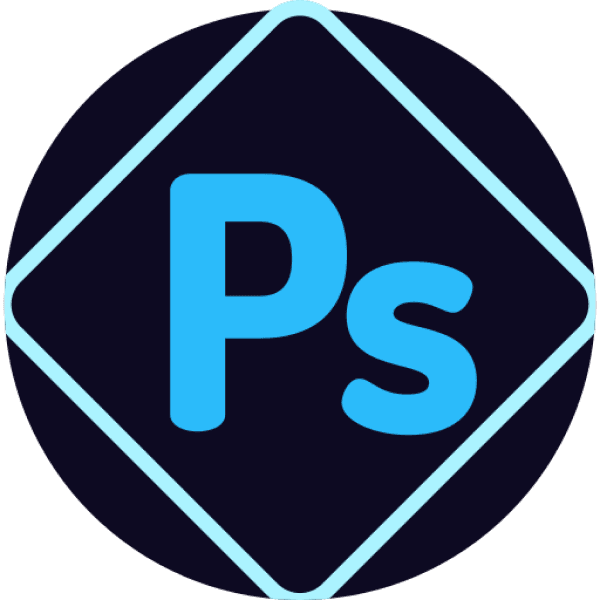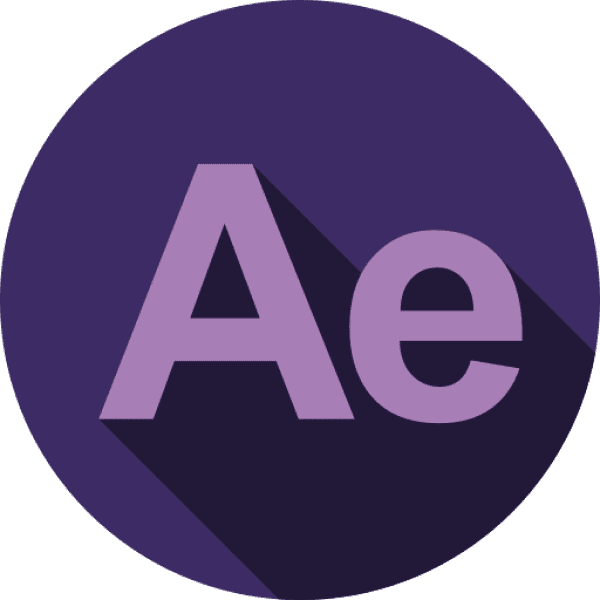This website stores cookies on your computer. These cookies are used to improve your website experience and provide more personalized services to you, both on this website and through other media. To find out more about the cookies we use, see our privacy policy.
Get A Creative
Graphic Designer In Just 24 Hours
We offer tailored solutions, creativity, and professionalism to craft captivating visuals that leave a lasting impact on your audience.
Clients rate Webevis Graphic Design 4.9 / 5.0 on average based on 4,330 reviews.
3 Steps to Secure Your Dream Graphic Designer With Webevis
Specify
Begin by specifying your project needs, including design type, style preferences, and essential deliverables.
Select
Select your ideal Graphic Designer from our diverse talent pool based on their portfolio and expertise.
Thrive
Collaborate with your dedicated designer to bring your vision to life, achieving stunning, brand-enhancing design solutions.
Our Graphic Designers Pool
- Diverse Design Skills For Varied Projects
- Innovative Solutions For Unique Design Challenges
- Ensure A Cohesive And Professional Visual Identity
- Tailor Designs To Your Unique Brand And Requirements
- Engage In Productive, Client-Designer Collaborations
- On-Time High-Quality Design Within Your Budget Constraints
Our Graphic Designing Services
Our comprehensive graphic design services, where creativity meets expertise, deliver outstanding solutions for all your design needs.
Design
Branding and Identity
Web Graphics
Social Media Graphics
Illustrations and Icons
Print and Marketing Materials
Packaging Design
Why Should You Work with Our Graphic Designers?
Our graphic designers offer a blend of expertise, creativity, and commitment that ensures your design projects shine.
Seasoned Professionals
Our designers are industry experts with a wealth of experience in graphic design.
Exemplary Design Standards
We uphold the highest standards of quality in every design we create.
Client-Centric Approach
We work closely with you, valuing your input throughout the design process.
Creative problem solvers
They bring fresh, innovative ideas to every project, delivering unique and memorable designs.
Tailored Design Solutions
Every project is uniquely crafted to meet your specific needs and brand identity.
Timely Project Delivery
We respect deadlines, ensuring your projects are completed on schedule.
Tools and Platforms
Were generated in sales by our marketers for our customers in 2021 What your Webevis experts use to help you grow

Expertise Made Accessible
Finding the right graphic designer with Webevis is effortless. We simplify the hiring process by connecting you with experts and ensuring a smooth transition from selection to project completion.




Ready To Collaborate With Creative Graphic Design Experts?
Our graphic designers are here to transform your vision into stunning reality, delivering aesthetics that resonate with your audience.
Everything About Hiring Graphic Designers
Graphic design is the heartbeat of modern communication, shaping how brands connect with their audiences. It is the art of visual storytelling, from billboards to digital ads, that leaves an indelible mark. In this guide, we unravel the essentials of hiring a graphic designer who can transform your brand's visual identity into a memorable masterpiece.
Why Should You Consider Hiring A Graphic Designer?
Hiring a graphic designer is crucial for bringing creativity and visual storytelling to your projects. Graphic designers possess the skills to craft visually captivating, informative, and persuasive designs using various software tools. They are pivotal in translating ideas into impactful deliverables, meeting organizational standards, and accurately representing your brand. A skilled graphic designer can work independently or collaboratively, efficiently managing multiple projects while adhering to deadlines and budgets. Their ability to identify and resolve design flaws enhances your design capabilities. At the same time, their knack for creating visually appealing materials and supporting strategic marketing initiatives adds significant value to your endeavors.
What Are The Key Skills To Look For In A Graphic Designer?
When hiring a graphic designer, consider candidates with the following skills and qualifications:
1.
Communication Skills
Ability to understand and interpret written communication, listen actively, and clarify messages effectively.
2.
Attention to Detail
Capability to find differences in images, distinguish design details, and identify patterns.
3.
Time Management
Proficiency in prioritizing tasks, planning for task completion, and executing plans to meet deadlines.
4.
Technical Skills
Experience with graphic design software such as Adobe Creative Suite, Canva, and others.
5.
Problem Solving
Aptitude for adjusting schedules based on emergencies, interpreting data, and applying logic to make decisions.
6.
Teamwork
Capacity to collaborate effectively within a team, fulfill commitments, and take responsibility for duties.
7.
Ad Design Knowledge
Understanding ad dimensions, platform rules, and best practices for creating compelling ad creative.
8.
Typography
Skill in choosing harmonious fonts, aligning and styling text on-brand, and developing information hierarchies.
9.
Coding Knowledge
Familiarity with HTML, CSS, and JavaScript.
10.
Portfolio
A strong portfolio showcasing graphic design work.
11.
Experience
Professional experience, preferably in a creative or marketing agency, with three or more years preferred.
12.
Additional Skills
Knowledge of WordPress and content management systems, photography experience, and photo-editing software proficiency are advantageous.
What Are The Tools Used By Graphic Designers?
Graphic designers employ diverse tools and software to unleash their creative potential and turn ideas into visually captivating designs. Some of the fundamental tools in their arsenal include:
1.
Adobe Creative Suite
A cornerstone in graphic design, it offers applications like Photoshop for image editing, Illustrator for vector graphics, and InDesign for layout design.
2.
Canva
This user-friendly online platform simplifies design creation, making it accessible to non-designers.
3.
Sketch
Widely embraced by UI/UX designers, Sketch excels in web and app design.
4.
Figma
Renowned for collaborative design, it is a go-to for web and app prototyping, fostering teamwork and innovation.
5.
Typography Tools
Designers utilize platforms like Fonts.com, Google Fonts, and Adobe Typekit to select and integrate fonts harmoniously.
6.
Stock Photo Libraries
Shutterstock and Unsplash are valuable resources for accessing a vast repository of images to enhance design projects.
How To Write An Efficient Graphic Designer's Job Description?
Creating an effective graphic designer job description is crucial for attracting suitable candidates with the skills, strengths, and experience your company requires. To craft a job description that efficiently communicates your needs while saving time for both you and potential applicants, follow these steps:
1.
Clear Title
Start with a precise job title, such as "Graphic Designer," to immediately convey the role.
2.
Introduction
Begin with a brief introduction about your company, its values, and the significance of the graphic designer role within your organization. This sets the tone and context for potential candidates.
3.
Responsibilities
Clearly outline the essential responsibilities and tasks expected from the graphic designer. Mention design-related duties, including graphic creation, branding, and project-specific tasks like designing marketing materials, logos, and social media assets.
4.
Requirements
Specify the essential qualifications for the position. Highlight the required years of experience, proficiency in design software (e.g., Adobe Creative Suite), and the need for a portfolio showcasing previous graphic design projects.
5.
Work Arrangement
Clarify whether you are seeking freelancers, agency collaborators, or in-house employees, providing candidates with insights into the work environment they can expect.
6.
Experience Level
Clearly state the expected experience level, whether you are open to entry-level designers or require more seasoned professionals.
7.
Project Focus
Identify the types of projects the graphic designer will be involved in, such as marketing materials, branding, and digital graphics.
Technical Interview Questions to Hire Graphic Designers
In this section, we present a comprehensive set of interview questions tailored to evaluate the expertise and abilities of graphic designers. Use these questions to identify the ideal graphic designer who can elevate your creative projects and brand aesthetics.
1.
How is UX design different from visual design?
User Experience (UX) design and visual design are distinct but interconnected disciplines in the design field. UX design primarily focuses on crafting user-centric experiences by mapping user interactions, wireframing, and prototyping. It aims to improve the overall usability and functionality of a product or interface. In contrast, visual design centers on a design's aesthetics and visual elements, including color, typography, and imagery. It aims to create visually pleasing and engaging designs that align with a brand's identity. While UX design prioritizes user satisfaction and seamless navigation, visual design emphasizes a design's visual appeal and aesthetic harmony. Both disciplines collaborate to create designs that are not only functional but also visually appealing.
2.
What are the primary types of graphic design projects?
Graphic design encompasses a diverse range of projects, including:
Exterior/Environmental Design
Designing signage, displays, and graphics for physical spaces.
Digital and UI/UX Design
Creating digital interfaces, websites, and applications, focusing on user experience and user interface design.
Projects with In-Motion Elements
Designing dynamic and interactive presentations, animations, and multimedia content.
Advertising and Marketing Design
Crafting marketing materials, advertisements, and promotional content for various channels.
Product Design
Design packaging, labels, and visuals to enhance brand identity and market appeal.
Each project type requires unique skills and approaches, highlighting the versatility and breadth of the graphic design field.
3.
Can you name some crucial components in graphic design?
Critical components collectively shape a design's visual impact and effectiveness. These components in graphic design include:
Color (and color theory)
The selection and combination of colors to convey emotions and messages effectively.
Texture
The use of visual and tactile textures to add depth and interest to designs.
Typography
The choice of fonts and their arrangement enhances readability and conveys the intended message.
Shape
The use of geometric forms and silhouettes to create visual interest.
Line
Using lines and strokes to guide the viewer's eye and create visual flow.
Space
The arrangement of elements creates a sense of balance and hierarchy.
Scale
The manipulation of size to emphasize or de-emphasize elements within a design.
4.
How is JavaScript used for graphic design projects, and how would you incorporate it into your process?
JavaScript is a scripting language primarily used for front-end web development. In graphic design projects, JavaScript can be employed to add interactivity and dynamic elements to web-based designs. For example, it can be used to create animations, interactive infographics, or responsive design elements that adapt to user interactions. Incorporating JavaScript into the design process involves seamlessly collaborating with web developers to implement these interactive features. Designers need to understand the capabilities and limitations of JavaScript to effectively communicate their design vision to developers and ensure that user experiences align with the design concept.
5.
Can you explain some critical concepts in digital design?
Digital design demands attention to essential concepts such as user experience (UX) and responsive design. Ensuring ease of navigation and intuitive user interactions is paramount. Testing designs across various devices and screen sizes is vital to guarantee a consistent and user-friendly experience. Additionally, digital designers must consider image quality and resolution, as digital designs are often viewed on a variety of screens. Optimizing images for web use and maintaining consistent image quality is essential to ensure the design remains crisp and engaging across devices.



























